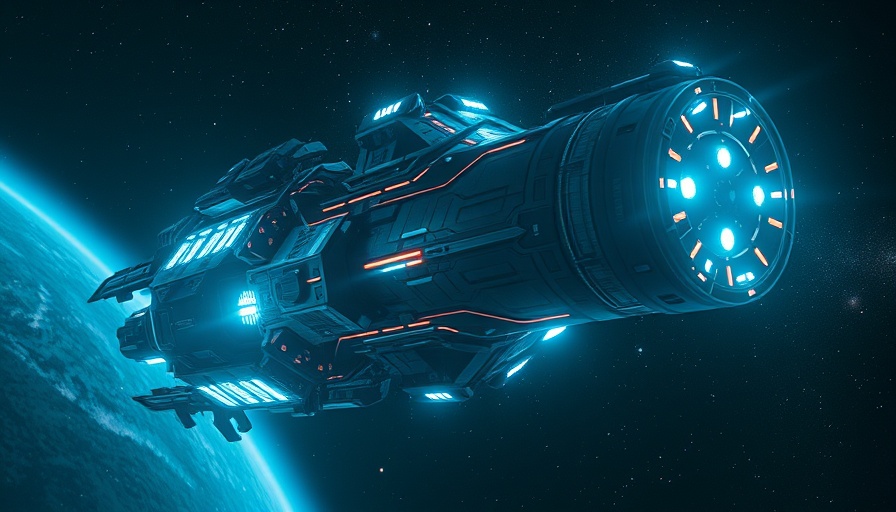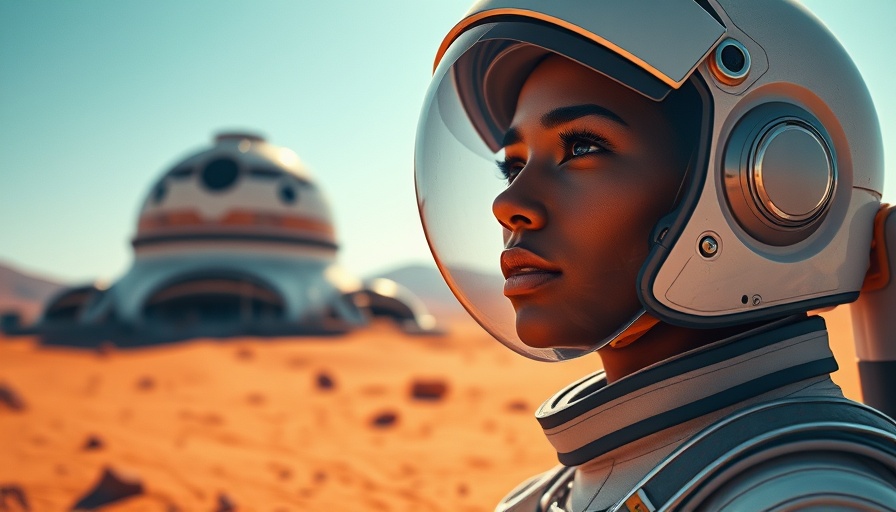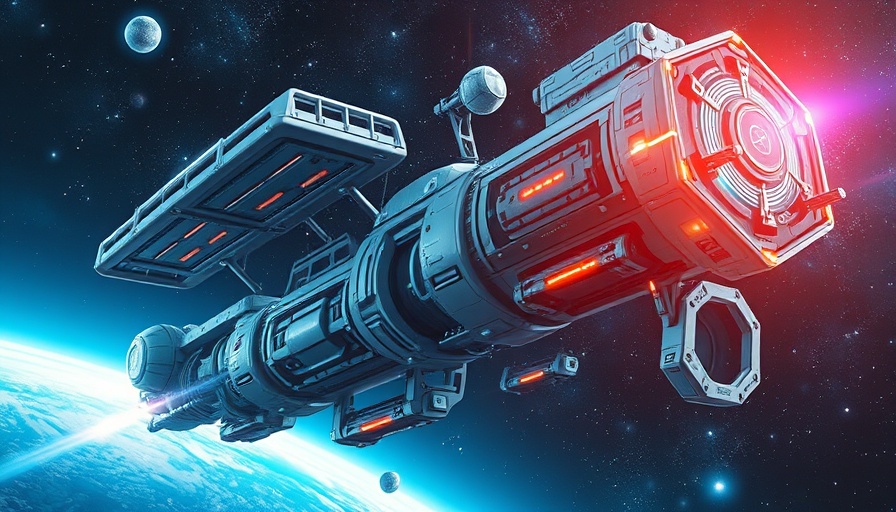
Unleashing the Future: What It Means to Become a Type 7 Civilization
Imagine a future where reality itself can be manipulated like a painter on canvas; where humanity’s understanding transcends current physical laws, creating a civilization classified as Type 7 on the Kardashev scale. This notion captures the imagination of those who dream of limitless possibilities not just for exploration, but for the restructuring of existence itself. In this world, we would unlock unprecedented advancements in technology and consciousness, creating paths previously deemed impossible.
In 'What If We Became A Type 7 Civilization? 10 Predictions', the discussion dives into the extraordinary possibilities of human advancement. Let's explore these key insights and their implications for our future.
Existential Exploration: Accessing Infinite Timelines
The concept of accessing all possible timelines is pivotal in envisioning a Type 7 civilization. Imagine being able to explore every conceivable version of reality—timelines where different decisions and outcomes unfold. This might require a level of cognitive mastery that allows existence itself to be viewed as a complex web where every decision branches off into infinite potential futures. Life and learning can evolve from observation, absorbing the implications of every possibility without the biases of our current experiences.
Crafting Custom Realities: The Power of Design
With complete control over existence, creators could spin up entirely new realities from scratch—realities with their own laws of physics and timelines. This creation wouldn’t be merely virtual, but rather immersive and genuine. Each constructed universe could cater to the growth of knowledge or emotional exploration, launching humanity into an era of boundless expression and scientific inquiry. The technology to realize this would blend intention and advanced understanding of the universe, blurring the lines between thought and creation.
Dimensions Beyond Our Own: Travel and Communication
Type 7 civilizations would not only explore our universe but step boldly into others. The mechanics of cross-dimensional travel will transform how societies understand reality and communication. Through resonance rather than language, individuals might share thoughts and memories across dimensions. This transcendent form of communication would allow humanity to connect deeply with lifeforms governed by entirely different rules, enriching our understanding of existence and elevating human consciousness.
Merge Minds for Exponential Knowledge
Merging consciousness with extradimensional intelligences would reshape the essence of communication and learning. Situations where human perception is limited could become gateways to new insights. This integration would create a collective intelligence that transcends individuality, sharing wisdom that stems from dimensions we currently don’t comprehend. Such connections could unlock previously unimaginable narratives, fundamentally altering the human experience.
A Unified Consciousness: A New Era of Understanding
Consider a unified consciousness that spans multiple realities. This idea introduces the potential for collective growth that enhances creativity and intelligence beyond any individual capacity. By interlinking diverse minds across different universes, humanity can generate revolutionary ideas and insights, collaborating in ways that completely redefine learning and growth. A shared consciousness can harness strengths and experiences of the many for the enrichment of the collective.
Building Living Avatars: Adaptive Extensions of Self
If we were to reach Type 7 civilization, we could create living avatars that adapt seamlessly to any environment. Every avatar would allow individuals to explore alternative realities and ecosystems that differ fundamentally from our own. Each would be capable of independent growth—learning, adapting, and contributing to knowledge without physical constraints, thus enabling profound participation in diverse realities.
The Trans-Dimensional Logistics Network: Redefining Possibilities
A trans-dimensional logistics network would revolutionize how information and resources are exchanged. Rather than transporting material goods, this system would provide instantaneous delivery of ideas, energy, and even consciousness across multiple realities. By tapping into the foundational architecture of existence, civilizations could interconnect seamlessly, creating a wellspring of innovation and community.
Redefining Physics: The Source Code of Existence
At this remarkable stage, we would possess the ability to rewrite the fundamental source code of physics itself. This mastery would lead to universal pathways of creativity that challenge our existing knowledge of reality. Rather than being subject to fixed laws, existence would become a malleable medium that responds to intention and insight, suggesting that scientific inquiry would blend with artistic expression.
Powering Civilizations with Multiversal Energy
Envision drawing energy from an expansive multiverse, where every universe offers unique forms of potential. This energy harnessing might surpass current technologies, relying on the manipulation of probability and resonance rather than traditional power sources. With a constant supply of energy across dimensions, civilizations could flourish sustainably, harnessing the endless potential inherent within the fabric of multiple realities.
Saving Our Universes: Control Over Existence
The idea of “save points” is revolutionary; entire universes could be paused or reset. This capability could allow for experimental exploration or corrections to timelines. The dynamic interaction with history would fundamentally alter perceptions of morality and consequence, reshaping the human relationship with existence towards one of growth and discovery.
The possibilities within a Type 7 civilization—ranging from energy manipulation to cognitive integration—hold profound implications for humanity, instructing us on the role of technology in modeling our future. Such visions of boundless potential invite ongoing discussions about technological ethics and our responsibilities as creators. What will we craft with this power, and how will it reshape our identity as stewards of existence?
Ready to embark on your own journey of personal growth and productivity? Investing in the right coaching can transform your path forward. Explore Strawberry.me, where you can find certified coaches to guide you toward your goals. Embrace the future—it's waiting!
 Add Row
Add Row  Add
Add 




Write A Comment